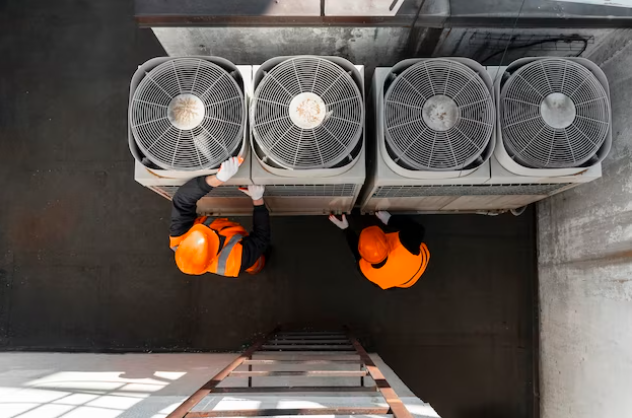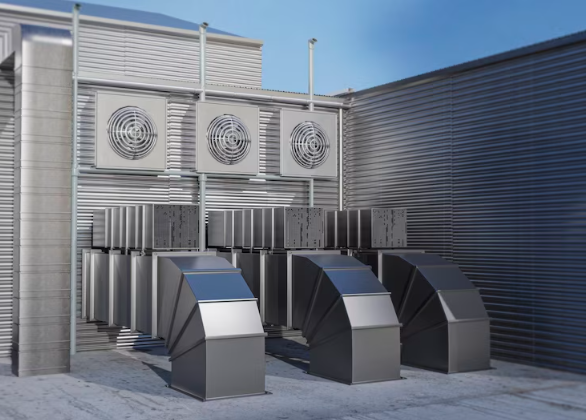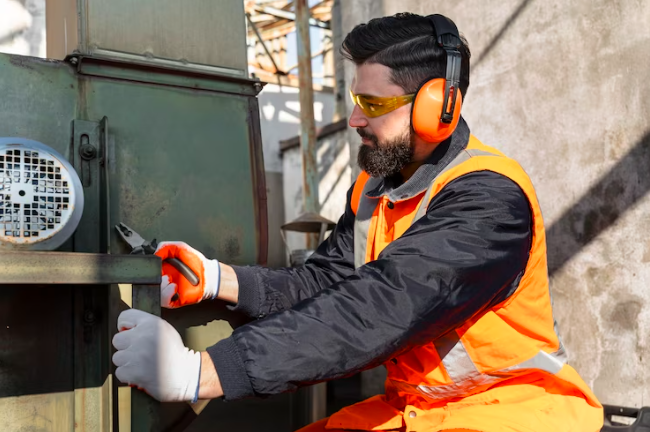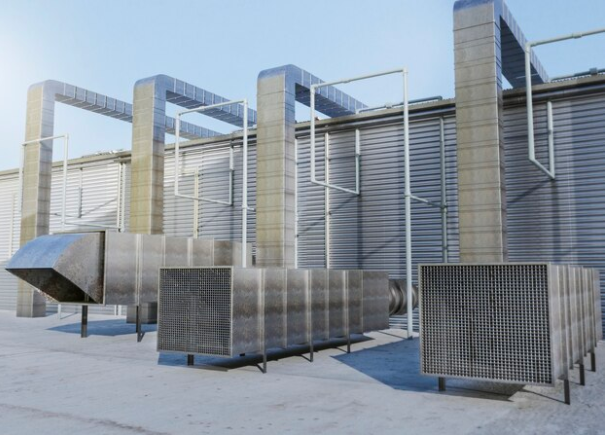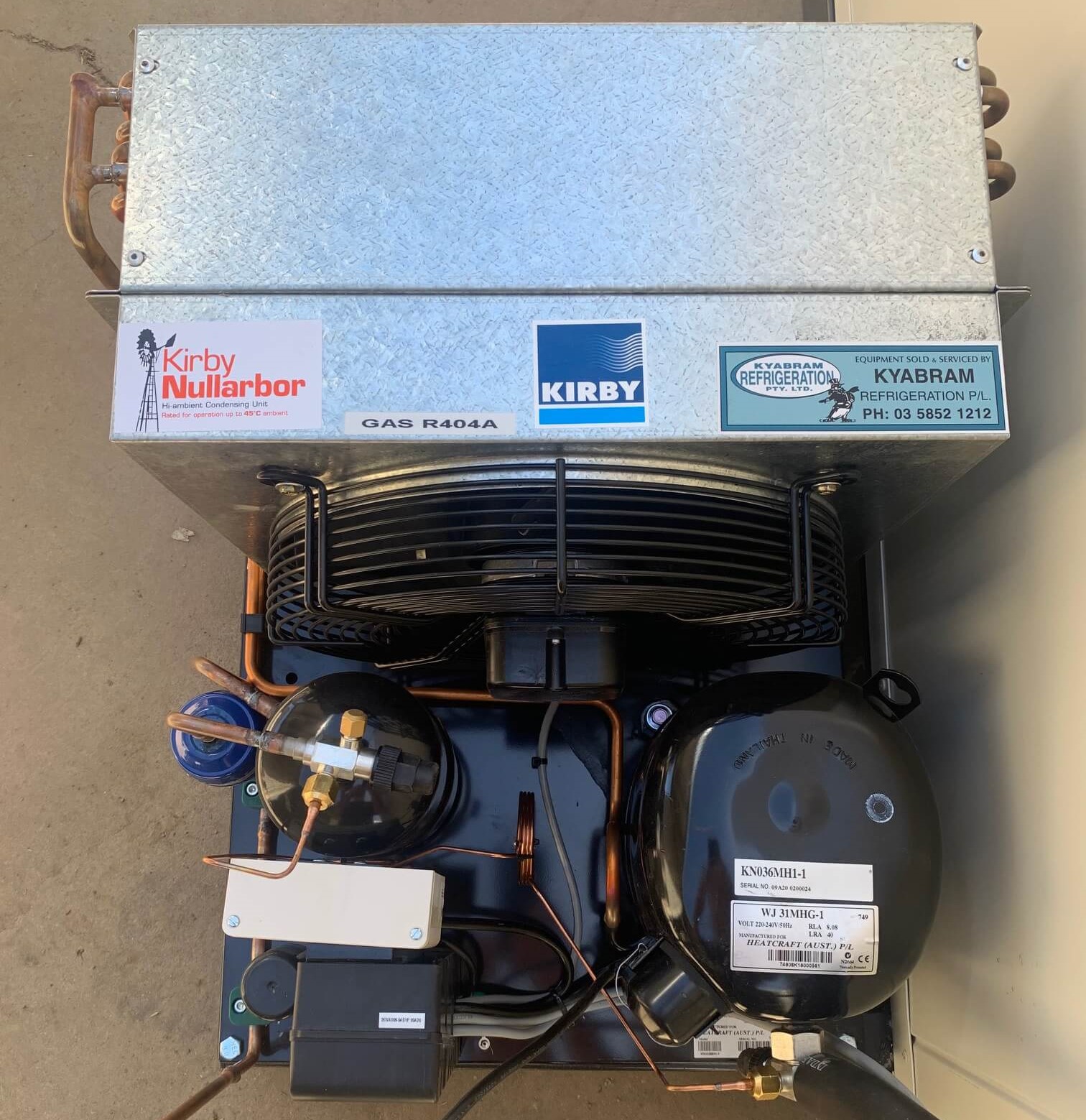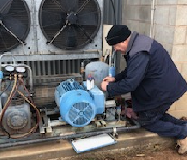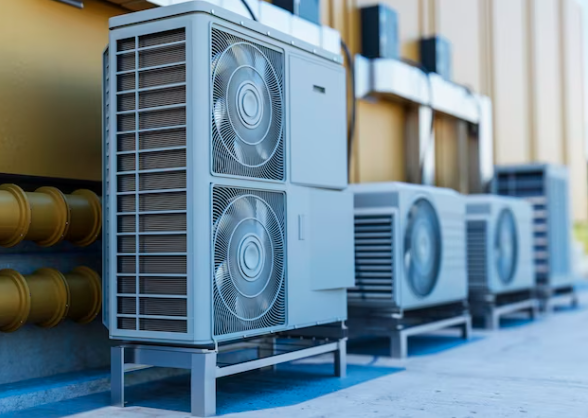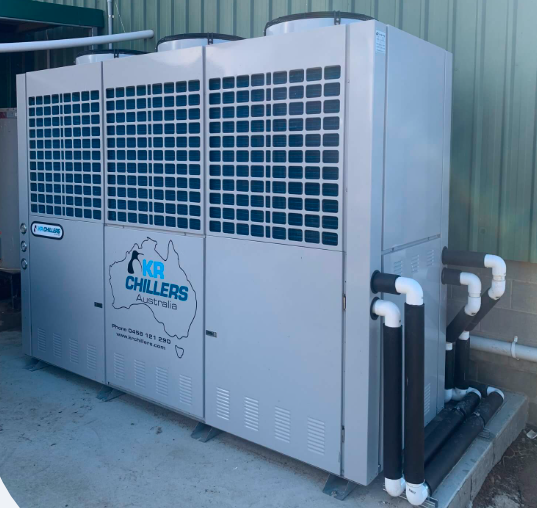In commercial enterprises, the performance and efficiency of the refrigeration system play a crucial role in smooth operations. However, the sudden failures of these systems can prove disruptive, which may further lead to financial losses and customer dissatisfaction. Therefore, it becomes crucial to notice the signs promptly to avoid problems.
In this guide, we’ll walk you through the steps to take when your commercial refrigeration system fails unexpectedly.
Steps To Take When Your Commercial Refrigeration System Fails
1. Assess the Situation
Upon discovering a refrigeration system failure, begin by assessing the situation. Check for visible issues such as leaks, unusual noises, or temperature irregularities. Getting to the root cause of the immediate problem will help you communicate with the commercial refrigeration repair professionals effectively, as it will help them solve the problem with a better understanding of the issue.
2. Emergency Shutdown Procedures
If the situation warrants it, initiate emergency shutdown procedures. This may involve turning off the power to the refrigeration system to prevent further damage. To know what to do and what not to do, refer to your system’s manual for guidance on proper shutdown protocols.
3. Contact Emergency Repair Services
Time is of the essence during a refrigeration system failure. Therefore, you must immediately contact emergency repair services that have a proven track record in commercial refrigeration. Provide detailed information about the issue to expedite the response and ensure the technicians arrive prepared.
4. Preserve Perishables
If your commercial refrigeration system houses perishable goods, take steps to preserve them. Transfer sensitive items to alternative storage if available or use ice packs to maintain temperatures. Doing this will help you prevent financial losses.
5. Document the Issue
Document the details of the system failure. Take pictures, if possible, and note any unusual circumstances leading up to the failure. Keep clear communication with the repair professionals, but be accurate. These documents prove to be a valuable asset.
6. Communicate with Stakeholders
Keep stakeholders informed about the situation. Whether it’s employees, clients, or management, transparent communication helps manage expectations and allows for collaborative efforts in mitigating the impact of the refrigeration system failure.
7. Temporary Cooling Solutions
Refrigeration system emergencies can happen anytime, which is why it is important to have a backup. So, while waiting for professional assistance, explore temporary cooling solutions. This might include renting portable refrigeration units or utilising available cold storage space. Temporary measures can prevent further spoilage of perishable goods.
8. Post-Repair Evaluation
Once the emergency repair is complete, conduct a post-repair evaluation. Ensure that the system is functioning correctly, and inquire about preventive measures to avoid similar issues in the future. This proactive approach can contribute to the long-term reliability of your commercial refrigeration system.
Conclusion
Refrigeration system failures can occur at any time, which is why having a plan in hand is essential to mitigate the associated issues. By following the steps listed above, you can respond effectively to a system failure, minimise losses, and ensure the swift restoration of your commercial refrigeration operations. Also, opt for a reputed and experienced refrigeration system service to get your system running at optimum efficiency.

